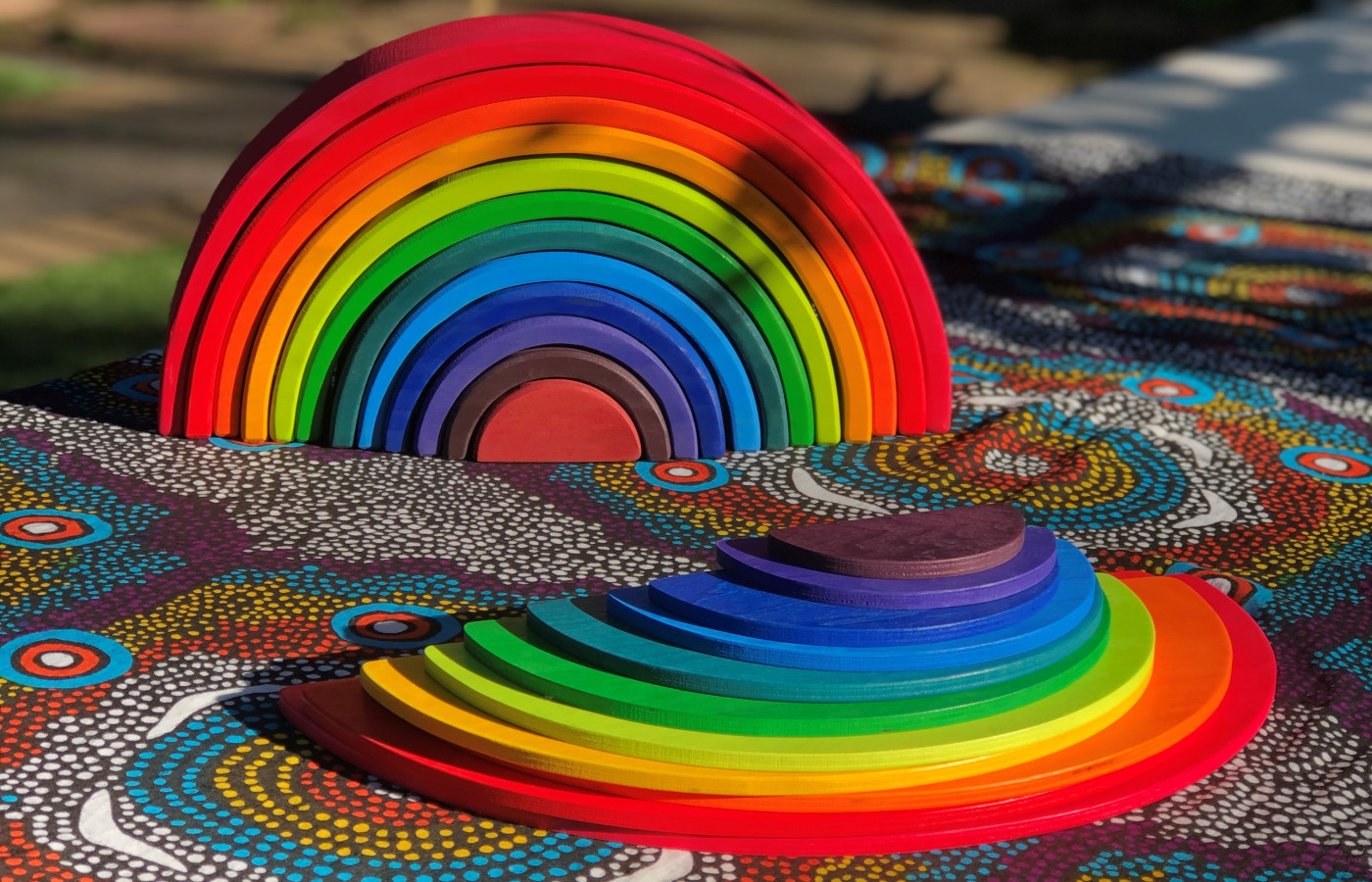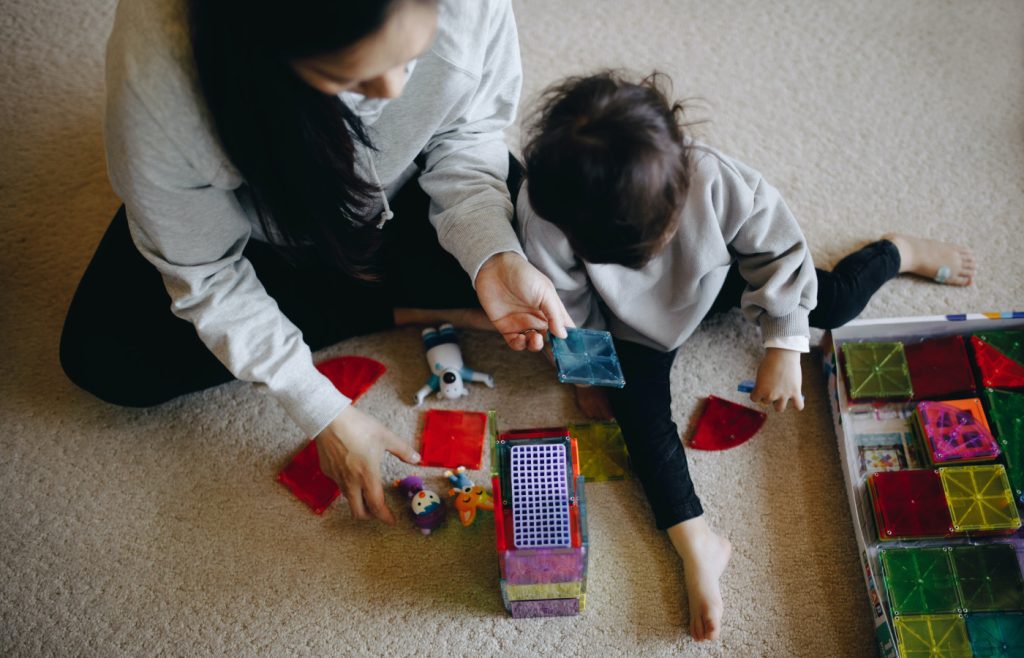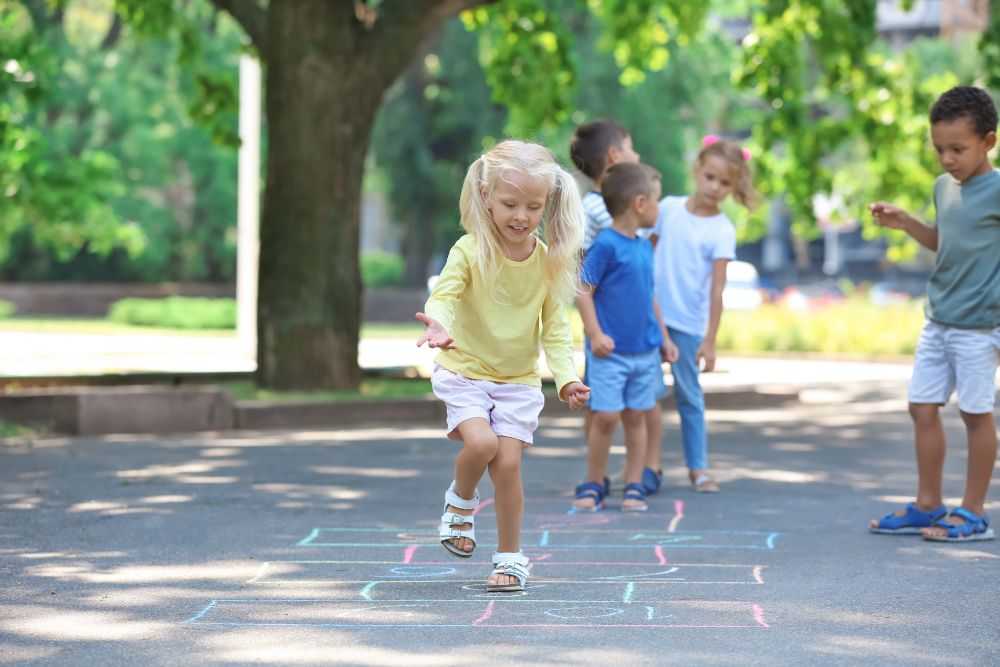Materials Required
- Book – Rainbow fish by Marcus Pfister
- Paper
- Pencils
Preparation
Borrow or buy the book – Read the book
Method (or Ideas)
- Read the book together or share in the story with Lynette at the Discovery Space: use the link below.
- Recreate the story using a different animal e.g. rainbow bird, rainbow butterfly.
- Retell the story to others.
- The story includes lots of different types of punctuation. Can you find some? Can you try and explain why they have been used?
Facilitation Tips – What To Say
- Punctuation – Full stop – to end a sentence.
- Exclamation – to show a strong emotion
- Descriptive language – shiny etc.
- Animal characteristics – fins etc. Compare these between animals – does a dog have fins? I wonder why/why not?
Extend the Experience
- Visit a library and find out lots of information about fish. Create a simple infographic on the types of fish there are in the ocean.
- Create a food chain about fish and other animals.
- Decorate your own rainbow fish using collage or other recyclable materials.
- Describe the ways the Rainbow Fish felt throughout the story. How did this make the other fish feel?
WHO Guidelines for Physical Activity & Sedentary Behaviour
This is a sedentary activity. After the activity you could find something colourful (scarves) and put some water inspired music on and imagine you are fish in an aquarium and encourage movement through dancing.
Early Years Learning Framework
Outcomes
- Children feel safe, secure, and supported
- Children become aware of fairness
- Children use information and communication technologies to access information, investigate ideas and represent their thinking
Principle
Principle 1: Secure, respectful and reciprocal relationships. Through a widening network of secure relationships, children develop confidence and feel respected and valued.
Practice
Practice: Intentional teaching. Intentional teaching is deliberate, purposeful and thoughtful. They use strategies such as modelling and demonstrating, open questioning, speculating, explaining, engaging in shared thinking and problem solving to extend children’s thinking and learning.













